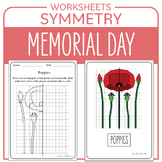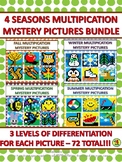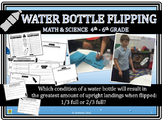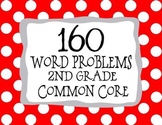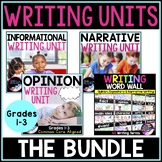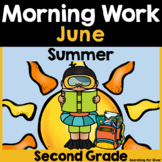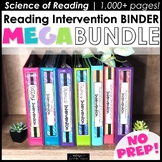2nd grade math worksheets for ActiveInspire Flipchart
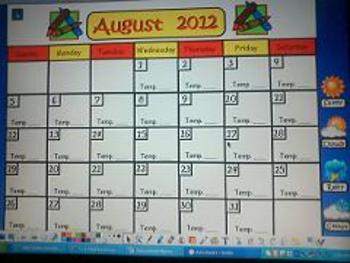
Weather Journal, Graph, and Calendar 2019 (Activboard Flipchart and Printables)

Skip counting template
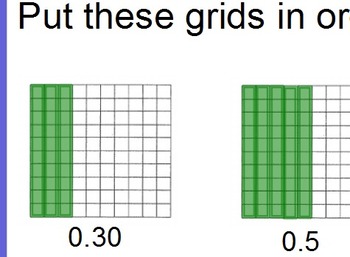
Everyday Math Grade 3 End of Unit Review for Units 2-6
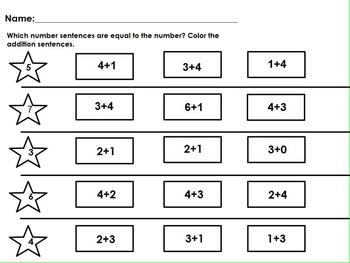
Addition and Number bond review
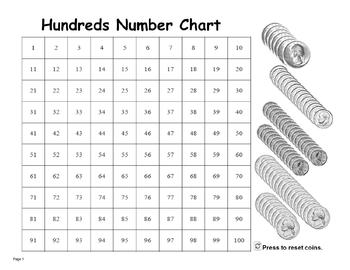
Common Core Coin Counting Using Hundreds Chart
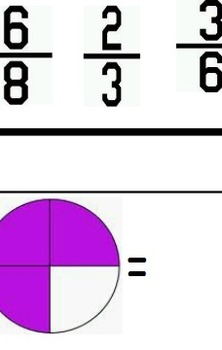
Everyday Math Grade 3 End of Unit Review for Units for 7-11

100, 10, 1 less/more chart
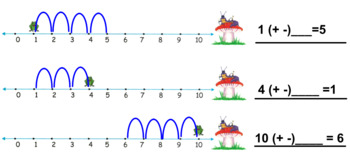
Add/Sub Number Line

Year 3 Adding Amounts of Money Differentiated Flipchart
Find lessons for 2nd Grade Math | TPT
Importance of learning math skills in 2nd grade
It's no secret that mathematics is a foundational subject for students to learn. Math forms the basis for many other subjects — like science, engineering, and technology. Because of that, it's essential that kids develop strong math skills from a young age as it makes them more likely to succeed in other courses in the future.
Learning math in 2nd grade helps kids begin to develop critical thinking, logical reasoning, and problem-solving skills. It also helps second graders further develop their understanding of numbers and basic operations, which are important tools for everyday life. Lastly, math is an important life skill that children will use in their everyday adult lives, whether they're calculating a tip at a restaurant or creating a budget.
The key concepts for 2nd grade math
The following are the key math skills that students learn in 2nd grade.
Addition and Subtraction
Students will learn how to solve simple addition and subtraction problems with numbers up to 100. They will also learn how to solve word problems using addition and subtraction.
Place Value
Place value is a critical concept that children learn in 2nd-grade math. They will learn how to read and write numbers up to 1,000 and understand the concept of place value.
Geometry
In geometry, students will learn how to identify and classify two-dimensional shapes such as squares, circles, triangles, and rectangles. They will also learn about lines, angles, and symmetry.
Measurement
Measurement is another essential concept that kids will learn in 2nd-grade math. They will learn how to measure length, weight, and volume using standard units.
How to find 2nd grade math resources
Educators can save time preparing 2nd grade math resources with resources created by experienced teachers. Simply search the TPT marketplace for "2nd grade math," and filter by grade level, price, and/or resource type to find materials that've been proven to work in classrooms like yours. No matter what you’re teaching, there are plenty of lessons and activities sold by Sellers on TPT that are tailored to meet your students' skill levels.
Frequently asked questions
What types of math lessons are available on TPT?
There are many different types of math resources sold by Sellers on TPT. Some popular math lessons include: telling time, counting money, addition and subtraction, and word problems.
What are some good resources for practicing 2nd grade math?
Websites like TPT offer free and paid resources for teachers who want to help their students practice 2nd grade math.
What are the key concepts of 2nd-grade math?
Second graders will learn how to count, read, and write numbers up to 1,000, and solve simple addition and subtraction problems. They will also learn basic geometry concepts such as identifying shapes, lines, and angles, and learn how to measure length, weight, and volume.
Why is 2nd grade math important?
Second grade math is important for children because it lays the foundation for more advanced mathematical concepts. It is also an essential life skill that children will use throughout their lives.
How can I help my child overcome math anxiety?
You can help your child overcome math anxiety by providing a supportive and positive environment, breaking down math concepts into manageable chunks, and doing math problems that use real-world examples.
What should I do if my child is struggling with a specific math concept?
If your child is struggling with a specific math concept, you can provide extra support and resources such as worksheets, tutoring, or online educational tools. Sometimes, visual aids like charts, graphs, videos and manipulatives can help children understand abstract concepts better. The use of visuals can help explain math concepts to kids and better engage them in their learning.
How can I make math fun for my child?
Children learn best when they're engaged! Sprinkle a little fun into your math lessons by using games, videos, puzzles, and real-life scenarios. If your class seems to find math boring or uninteresting, you can also try connecting it to their interests or hobbies.

